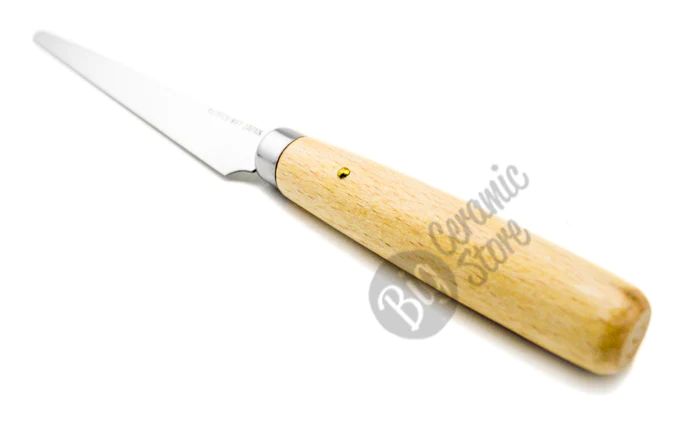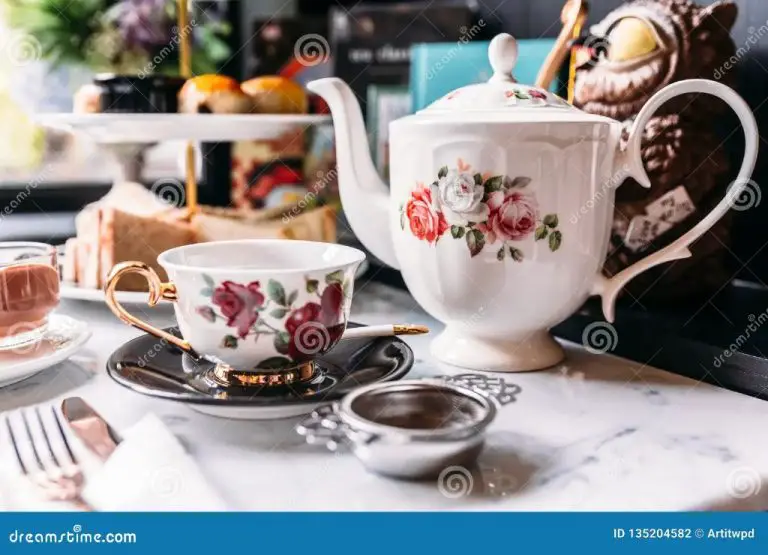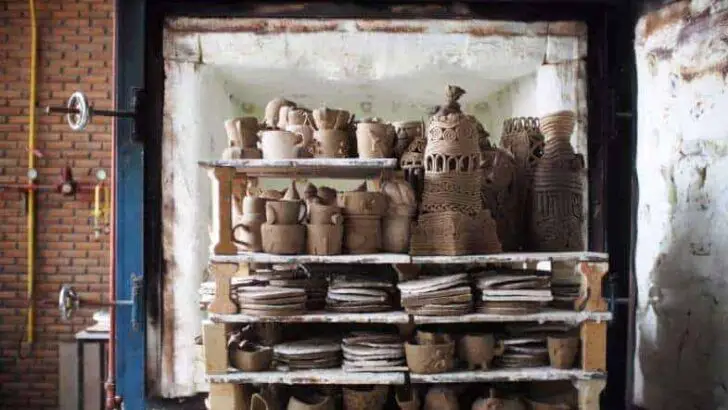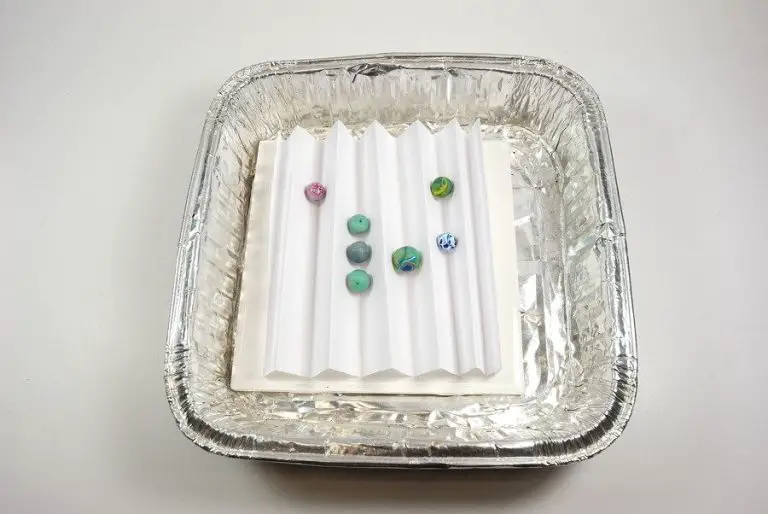Is E6000 Glue Good For Ceramics?
What is E6000 Glue?
E6000 is a versatile craft glue made by Eclectic Products Inc. It is an industrial-strength adhesive designed for bonding metal, glass, rubber, ceramic, leather, fabric and more.
According to the manufacturer, E6000 is a solvent-based adhesive made from industrial-grade perchloroethylene chemicals. It forms strong, flexible bonds and can fill gaps up to 1/4 inch wide (Eclectic Products Inc., n.d.).
Once cured, E6000 remains permanently flexible and is waterproof, oil resistant and UV resistant. It can withstand temperatures from -40°F to 180°F when used properly. The glue has a thick consistency for filling gaps and bonding uneven surfaces.
E6000 adhesive comes in several formats including tubes, liquid bottles and cartridges. It is available in clear or black colors. The cure time is 24-72 hours at room temperature depending on the materials and bond strength needed.
Is E6000 Safe for Ceramics?
E6000 is specifically formulated to provide strong adhesive properties for materials like ceramics, metal, glass, rubber, and plastic. When fully cured, E6000 forms flexible, waterproof bonds that are safe for indoor and outdoor use on ceramic projects.
According to the manufacturer, E6000 can safely adhere to ceramics like porcelain, ceramic tile, ceramic figurines, ceramic dinnerware, and more. It bonds quickly and firmly to form a long-lasting connection between ceramic pieces. Clay Planet, a leading supplier of clay and ceramic products, recommends E6000 as a versatile and strong ceramic adhesive.
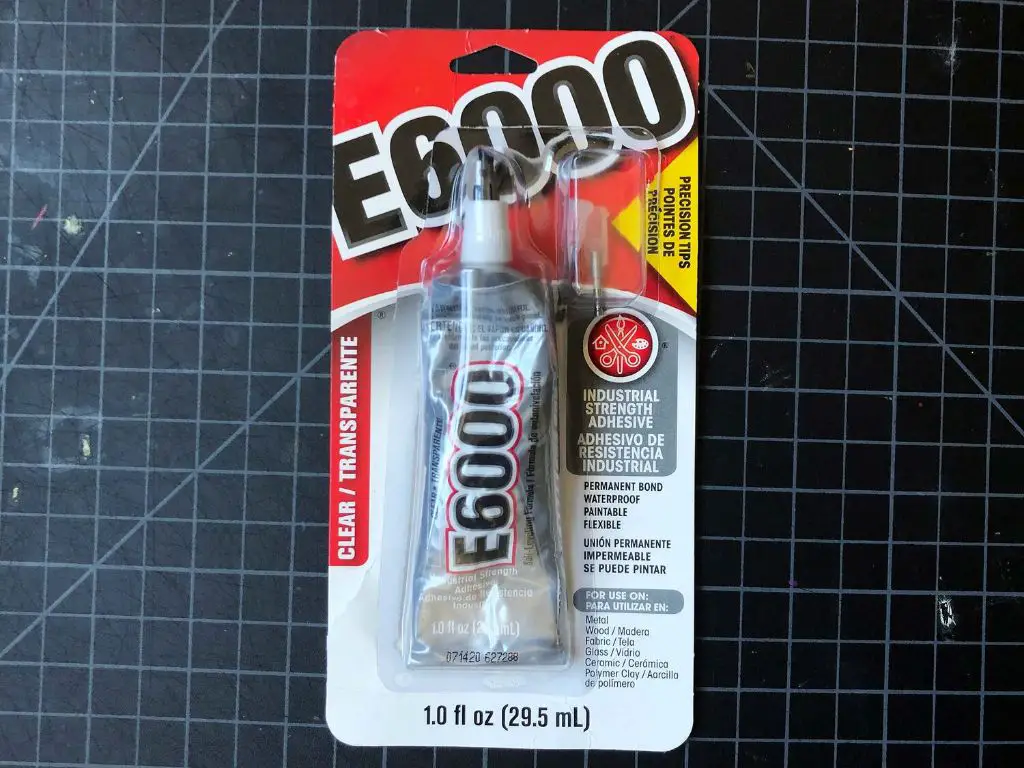
E6000 is resistant to moisture and extreme temperatures when fully cured, making it a suitable choice for ceramic items that may be exposed to water or changes in temperature. The flexibility of the cured adhesive also allows the bond to expand and contract with the natural movement of ceramic materials without cracking or losing adhesion.
With proper application and curing time, E6000 provides a safe and effective ceramic adhesive solution for both delicate and heavy-duty repairs. Its industrial-grade formulation creates waterproof, flexible bonds designed to last.
Using E6000 on Ceramic Repairs
E6000 is an effective adhesive for mending broken ceramic pieces. According to this article, E6000 can be used to glue broken ceramic parts back together. The adhesive is flexible when dry, allowing you to separate pieces later if needed by gently warming the glue with a heat gun. E6000 forms strong bonds between ceramic materials.
When using E6000 for ceramic repairs, it is important to allow the adhesive full 24 hour cure time before handling or using the ceramic item according to recommendations. The bond continues to strengthen over 24 hours as the glue dries completely. Attempting to use the ceramic piece before the E6000 has fully set could compromise the repair. Allowing proper cure time ensures a long-lasting, durable mend.
Applying E6000 to Ceramics
When applying E6000 glue to ceramics, it’s important that surfaces are clean and dry first. Any debris, dust, or moisture can prevent the adhesive from bonding properly. It’s recommended to clean the ceramic pieces with rubbing alcohol before applying the E6000.
For small repairs like reattaching broken pieces, E6000 can be applied with a toothpick. This allows you to control the amount used and place it precisely where needed. Apply a small bead or dots of glue on one surface, then press the pieces together firmly for 30-60 seconds to initiate bonding.
For gluing larger ceramic surfaces like tiles or figurines, use a disposable foam brush instead of a toothpick. This enables smoothing the E6000 adhesive evenly over the area to be joined. Apply a thin, even layer on one side first. Then quickly add the second surface and hold together firmly for at least a minute. Support heavy ceramics with clamps or weights while the E6000 cures.
Pro tip: Wipe away any excess glue squeezed out of joints with a damp cloth before it dries. This prevents drips or bumps on ceramic repairs.[1]
[1] https://community.ceramicartsdaily.org/topic/21214-best-glue-for-stoneware-to-stone-bond/
E6000 Curing Process
The E6000 adhesive requires some time to fully cure and reach maximum bond strength. According to the manufacturer, Eclectic Products, it takes 24-48 hours for E6000 to fully cure when used on most materials like ceramics, glass, and metal.
The curing time can vary slightly depending on factors like temperature, humidity, the porosity of the materials being bonded, and the thickness of the adhesive used. Higher temperatures and humidity will accelerate curing while lower temperatures and humidity will slow curing.
During the curing process, E6000 remains slightly flexible when fully hardened. This allows the adhesive bond to resist shock and impacts. The flexibility also allows the adhesive to work effectively even when bonding materials with differing rates of expansion.
While handling projects before the E6000 fully cures, care should be taken not to put too much stress on the bonds. It’s best to let the adhesive cure for at least 24 hours before sanding, drilling, or exposing the bonded materials to high impacts or vibration.
If speeding up curing is desired, a hair dryer on a low setting can be used to gently apply heat to the adhesive. Avoid high heat levels as this can cause bubbles in the curing adhesive. The manufacturer also recommends allowing a 72 hour total cure time to reach absolute maximum bond strength.
E6000 vs. Super Glue
When choosing between E6000 and super glue for ceramic repairs, it’s important to understand the key differences between these two adhesives. According to StickyAides, E6000 has a shear strength of 7000 psi, while super glue has a shear strength of around 3500 psi. This means E6000 forms a stronger bond between ceramic pieces.
However, super glue does have some advantages. As StickyAide notes, super glue cures very quickly, often within just 2-60 minutes. E6000 takes 24 hours to fully cure. So if you need a fast ceramic repair, super glue may be the better option.
The tradeoff is that the super glue bond is more brittle and less flexible over time. The E6000 bond remains flexible as it ages. So for repairs that will undergo stress or vibration, E6000 is the preferred choice. Its strength and flexibility help prevent the repaired pieces from cracking or coming apart under duress.
In summary, E6000 forms a stronger yet more flexible bond, while super glue cures faster but results in a more brittle repair. Consider the needs of the specific ceramic repair project when choosing between these two adhesives.
Tips for Best Results
When using E6000 glue for ceramic repairs, it’s important to follow some tips to get the best results:
Only apply a thin layer of E6000. Using too much glue can lead to excess seeping out of the cracks and a messy repair (https://glaserceramics.com/e6000-glue-mini). Apply a thin, even layer over the crack or broken edges for the strongest bond.
Avoid excess glue seeping from cracks. If glue does seep out, wipe it away with a damp cloth before it dries (https://eclecticproducts.com/product/e6000-precision-tip-adhesive/). Too much excess glue left on the ceramic piece can detract from the aesthetic.
Let the glue cure fully before using the ceramic piece. It takes at least 24 hours for E6000 to cure completely. Attempting to use the ceramic before then can cause the repair to fail (https://glaserceramics.com/e6000-glue-mini). Allow plenty of curing time for maximum strength.
Safety Precautions
When using E6000 glue, it’s important to take safety precautions to avoid potential health hazards. According to the Safety Data Sheet, E6000 contains chemicals like tetrachloroethylene, which can be harmful if inhaled or absorbed through the skin. Here are some key precautions to take:
Use in a well-ventilated area – E6000 emits strong fumes, so use it in an area with good air flow to prevent buildup of vapors. Open windows or use a fan to improve ventilation.
Avoid skin contact – Wear gloves and long sleeves when using E6000. Wash hands after use. Tetrachloroethylene can be absorbed through skin and cause irritation.
Not for use on food surfaces – Do not use E6000 on any surface that will touch food. It is not food-safe and could contaminate food.
Following basic safety measures will help reduce risk when using this adhesive. Be sure to check the manufacturer’s warnings and recommendations before using E6000 glue.
Pros of Using E6000
E6000 is popular for ceramics and other crafts because it offers several advantages over other glues:
Strong versatile bond. E6000 creates a strong, flexible bond and works on materials like glass, metal, ceramic, fabric, wood, concrete and more (Glaser Ceramics). This versatile adhesion makes it useful for a wide variety of projects.
Flexible when cured. Once fully cured, E6000 remains somewhat flexible and resistant to shock and vibrations. This allows repairs made with E6000 to flex with the natural expansion and contraction or movement of the repaired object (Reddit).
Waterproof and dishwasher safe. E6000 forms a waterproof bond that can withstand handwashing and dishwasher cleaning once fully cured. This makes it a good option for ceramics that will hold food or liquids.
Cons to Consider
While E6000 is a versatile glue that works well on many materials, there are some downsides to be aware of when using it for ceramic repairs:
– Slower drying than super glue. E6000 takes 24-72 hours to fully cure, which is much slower than cyanoacrylate-based super glues that set in minutes. This means repaired projects will need to sit undisturbed for 1-3 days before regular use [1].
– Not food safe. Once fully cured, E6000 is waterproof and non-toxic but not FDA-approved for food contact. It should not be used on ceramics that will hold food or liquids [2].
– Fumes may irritate some. E6000 gives off strong solvent fumes as it cures that may cause respiratory irritation for some people. Working in a well-ventilated area is recommended [2].

